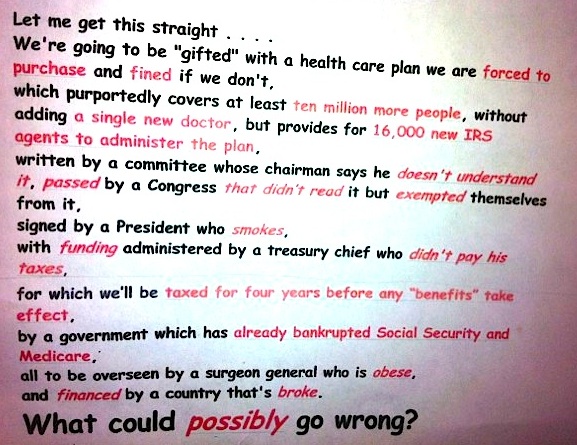Punch Ball In Claremont Park, The Bronx (NY) 1945-1953
Stanley Feld M.D.,FACP,MACE
My brother, Charlie Feld, and I grew up in the Bronx. Our neighborhood was a typical Bronx lower middle class neighborhood.
Our parents did not have discretionary income to have us take tennis,swimming or skiing lessons. We had to play free Street Games. Each section of the Bronx has a little different twist on each Street Game.
My brother and I talked about writing a book about all these games a few years ago. We never got around to it. These games played an important part in our childhood memories. They need to be memorialized.
Many of the games centered on a Spalding ball. It was called a Spaldeen. The Spaldeen cost five cents. It lasted a long time. It was a pink ball a little smaller than a baseball. The Spaldeen’s shape could be changed by pressing in its walls. The deformity added to the tricky movement (stuff) on the ball’s flight through the air.
Spaldeens are having a revival. You can buy a set of three for $7.95 at Flaghouse.com http://www.flaghouse.com/SPALDING-Spaldeen-High-Bounce-Ball-Set-item-11089
or a dozen Spaldeen knock offs at Amazon for $14.95 http://www.amazon.com/Rubber-Ball-Hi-Bounce-Spaldeen-Spalding/dp/B0035ZD04A
I decided to record my memories of these childhood games after playing with my 7 year old granddaughter the other day. She is involved in tennis, gymnastics, swimming and skiing. She never heard of Punch Ball. She has never seen a typewriter, either.
My son didn’t have a Spaldeen so I used a tennis ball and taught her how to punch a ball. It was a big hit. The trick in Punch Ball is not to toss the Spaldeen up as you would a tennis ball. You punch it with a slight flip to maximize your control over the force and direction of the ball.
Punch Ball is one of many games low overhead games that used a Spaldeen. I will describe as many games as I can remember in the coming months.
The only piece of equipment needed was a Spaldeen. Lots of kids carried their own Spaldeen in their jeans back pocket.
Punch Ball could be played with three to ten guys on each team. I do not remember playing Punch Ball with girls. The field could be anywhere available from the street to a dirt spot in the park, a concrete softball field or a kid’s playground with a fenced in sandbox.
Punching the Spaldeen into the sandbox was fun. It also produced runs.
We needed a larger field as the number of players increased. We often moved to the concrete softball field from our dirt triangle outside the softball field.
The rules were baseball rules without stealing bases.
If three players were on each team there was a first baseman, a second baseman (only two bases) and an outfielder. The idea was to punch the ball between the fielders and run the bases. The dirt field had many cracks and stones on the surface. If the Spaldeen hit a crack or stone it took funny hops. These hops served to improve our ability to field grounders.
If you got on first you were not allowed to lead off base when the next puncher was up.
The Spaldeen was flexible and its bounce was high. If a puncher was proficient he could hit it past the outfielder and score a run. He could also put stuff on the ball by pinching it. The Spaldeen then travelled through the air like a knuckle ball. It was very hard to catch.
If we had to play in the street, the bases were the parked cars. In the park the bases were usually two trees, two baseball hats or two hankies held down with stones. If a player used his hankie his mother was not very pleased when he came home with a filthy hankie.
We had a great three-man dirt field with two trees adjacent to our concrete softball field.
I remember playing Punch Ball for hours on end. I always came home filthy from the dirt and the dust. It was wholesome fun and cost nothing. I also become a pretty good baseball (hardball) infielder as a result of my punch ball experiences.







Daniel • July 3, 2011
We had a great time playing punchball Dad! Can’t wait for the next game.
gong handgun targets • October 5, 2013
Thanks for the marvelous posting! I certainly enjoyed reading it, you could be a great author.I will be sure to bookmark your blog and will often come back sometime soon. I want to encourage one to continue your great posts, have a nice day!